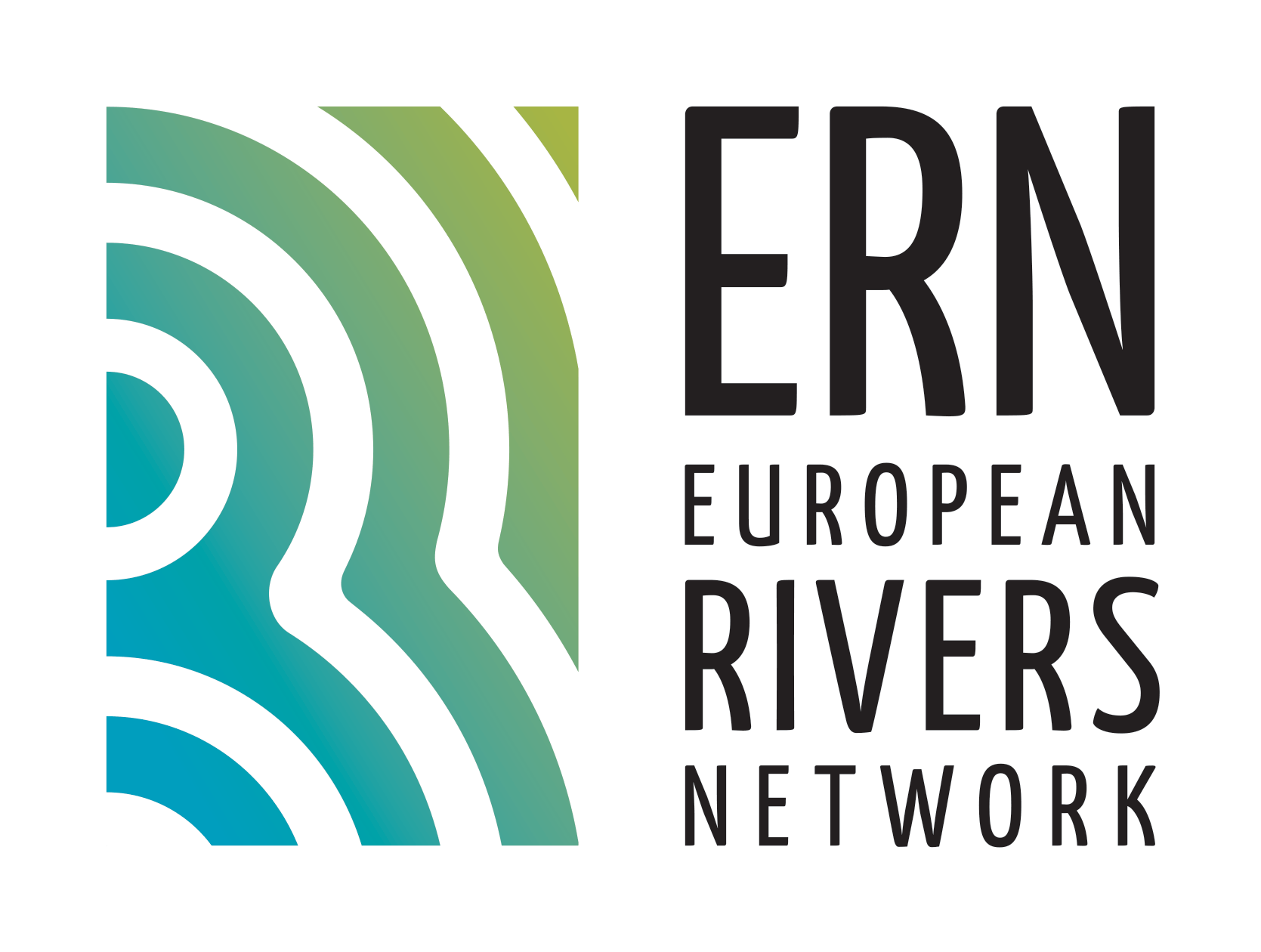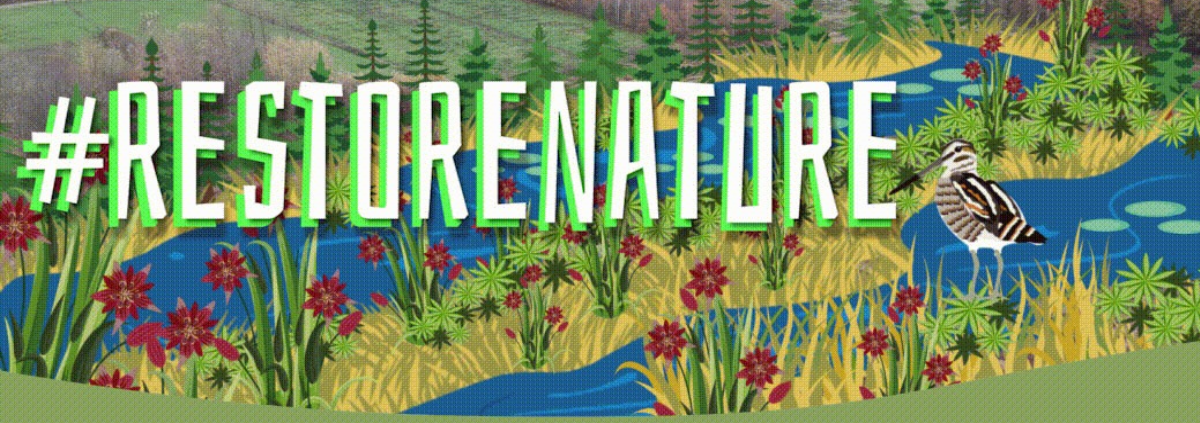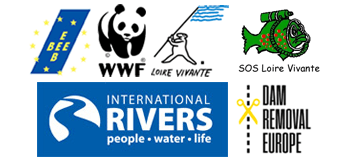How do you characterise a Free Flowing Rivers?
The importance of river restoration and free-flowing rivers (FFR) is increasingly recognized by European environmental policy. While the notion of free-flowing rivers is not yet defined in EU environmental legislation, the Commission’s interpretation is that free-flowing rivers are rivers that are not impaired by artificial barriers and are not disconnected from their floodplain, thus allowing the free movement of water, sediment, fish and other organisms. The Water Framework Directive (WFD) and the Biodiversity Strategy 2030 are of particular importance in this context. Indeed, the EU Biodiversity Strategy includes the target that at least 25000 km of rivers should be restored into free-flowing rivers by 2030 through the removal of primarily obsolete barriers and the restoration of floodplains and wetlands.
A guide has therefore just been published proposing criteria for identifying free-flowing rivers, taking into account longitudinal, lateral, and vertical connectivity at local and catchment scales. The aim is to provide a tool that can be used by authorities to determine the length of free-flowing rivers in their catchments. In addition, the tool can be used to predict the increase in free-flowing river length resulting from barrier removal and other restoration measures. This will help prioritising measures that can contribute to the 25,000 km target. Key elements of the method are (1) segmentation of the river into homogeneous reaches; (2) criteria for longitudinal, lateral, and vertical connectivity within a homogeneous reach; (3) a large-scale assessment taking into account sediment connectivity and migration barriers for target fish species; and (4) minimum length criteria to ensure hydromorphological processes and ecological functioning.
The Commission wants to use the rest of the year to further test the methodology by applying it to more cases. Then, they will adjust and finalise the methodology early 2025; and continue exchanges in ECOSTAT WG in the following years. Please let us know if you would like to test this methodology by writing to corinne.ronot@rivernet.org



 ERN is the official WWF Freshwater Partner in France and cooperates with WWF Switzerland, Austria, Netherlands and others
ERN is the official WWF Freshwater Partner in France and cooperates with WWF Switzerland, Austria, Netherlands and others
Leave a Reply
Want to join the discussion?Feel free to contribute!